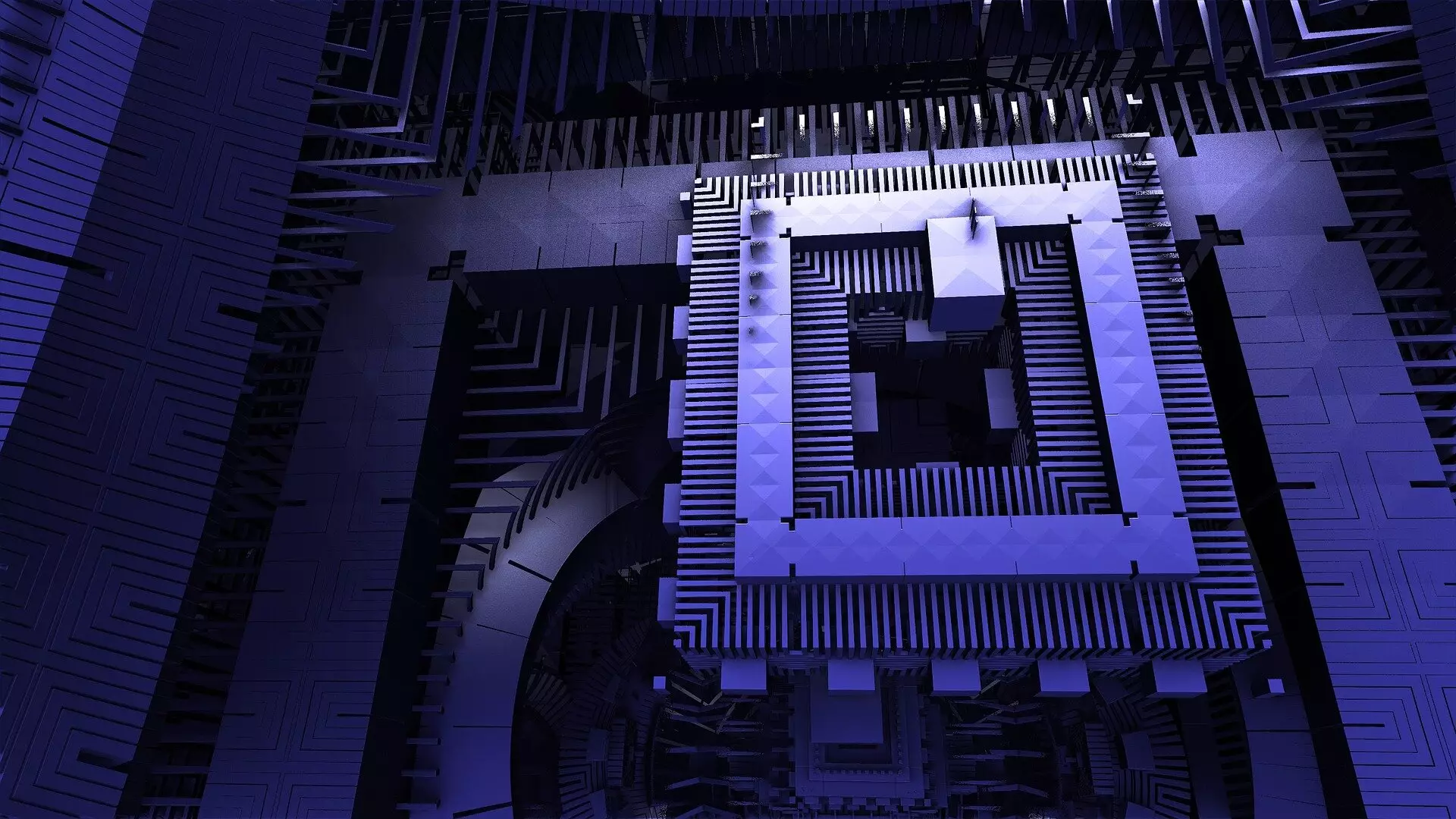Quantum computing stands at the precipice of technological advancement, utilizing the principles of quantum mechanics to tackle complex computational problems beyond the reach of classical systems. In a notable development, a multidisciplinary team led by physicist Peng Wei from the University of California, Riverside, has made significant breakthroughs in superconducting materials. Their research, published in *Science Advances*, highlights the potential for a new superconductor that not only improves quantum data processing but also serves as a compelling candidate for a “topological superconductor.”
Topological superconductors represent a unique class of materials, characterized by their ability to support quantum states that are robust against disturbances. This stability arises from the topological properties of the material, which can maintain coherence in quantum bits, or qubits, where traditional superconductors often falter. The critical aspect of these materials lies in their electron or hole behavior, which facilitates the reliable transfer of quantum information. The ongoing exploration into these superconductors opens up numerous possibilities for enhancing quantum computing architectures and their scalability.
The core of Wei’s research involved blending trigonal tellurium—an inherently chiral material—with a surface state superconductor formed on a thin layer of gold. Chiral materials are fascinating in that they cannot be transformed into their mirror image, much like human hands. This specific arrangement resulted in a two-dimensional interface superconductor characterized by a peculiar energy state significantly greater than that observed in traditional superconductors. According to Wei, the conditions at the interface lead to an impressive enhancement of spin energy, elevating the capabilities of quantum state manipulation.
The research team identified the emergence of well-defined spin polarization at the interface, creating the potential for generating spin qubits. These qubits play an essential role in the operability of quantum systems, allowing them to function with reduced error rates and greater efficiency. A critical observation during their experiments indicated that when exposed to magnetic fields, the newly discovered interface superconductor transitioned toward a “triplet state,” thus demonstrating enhanced stability under such external influences.
Decoherence presents one of the most formidable challenges in the field of quantum computing. It occurs when a quantum system interacts with its environment in ways that disrupt and mix its quantum information, leading to potential system failure. Traditional superconductors often struggle with decoherence due to their susceptibility to material defects. However, Wei and his team showcased that their novel superconductor could naturally suppress these decoherence factors, utilizing an innovative combination of gold and niobium thin films.
The result of their findings is not merely theoretical; they succeeded in creating high-quality, low-loss microwave resonators with exceptional performance metrics, boasting quality factors reaching 1 million. This underscores the practicality of their approach and its relevance in real-world quantum computing scenarios.
The implications of this research extend beyond the immediate context of superconductors and qubits. As Wei highlighted, their findings could pave the way for more scalable and reliable quantum computing components. By employing non-magnetic materials to create cleaner interfaces, the researchers have set the stage for overcoming some of the major hurdles currently hindering advancements in quantum technology.
In a world where quantum computing promises to revolutionize industries by solving previously insurmountable problems, the pursuit of effective and durable superconducting materials assumes paramount importance. The insights garnered from their work not only speak to the scientific community but also resonate with technology giants, like IBM, further emphasizing the need for breakthroughs in this field.
As the team progresses, they have already taken steps towards patenting their invention, ensuring that these innovations can be further explored, refined, and eventually implemented. The collaborative nature of this research also stands out, with contributions from various institutions and scientists, showcasing the importance of interdisciplinary efforts in achieving groundbreaking scientific advancements.
The strides made by Wei and his colleagues mark a pivotal point in the march towards a more capable and reliable quantum computing future, reinforcing the notion that cooperation, creativity, and critical inquiry are essential for steering technology into uncharted territory.


Leave a Reply